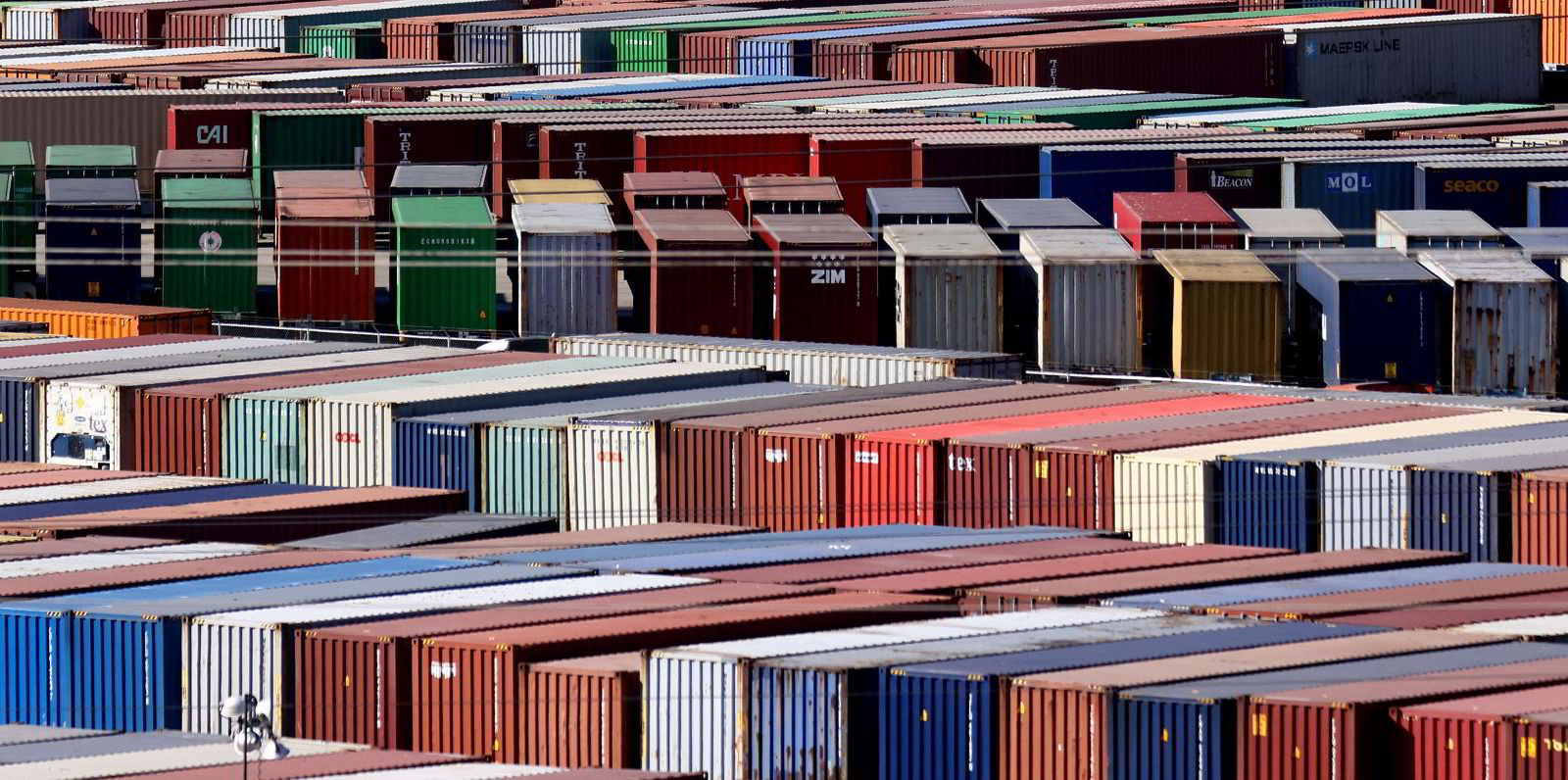“The best start to the shipping year since records began”, is an eye-catching headline.
Clarksons Research has only been collecting statistics in this form for the last 30 years but it’s quite a result.
While some business sectors are still struggling to shrug off the impact of Covid-19, much of the maritime world is basking in new-found adulation.
Keeping world trade moving during the worst of the pandemic lockdowns led to a surge of earnings — for liner shipping in particular — across 2020.
A massive world trade bounceback last year then triggered almighty logistic snarl-ups that helped drive up ocean freight rates.
It was stunning to see 2021 produce the highest annual average of the ClarkSea Index — at $28,700 — since the height of the pre-crash global economy of 2008.
Now the first 15 weeks of 2022 have pushed that index up to an average $36,507 — and hit near $40,000 on occasions.
It was no surprise to hear container giant AP Moller-Maersk this week report Ebitda profits in the first quarter of this year burst through $9bn.
And having posted what is believed to be the biggest ever profits of a shipping company of $24bn in 2021, the Danes are now expecting $30bn for 2022.
Port congestion
Last week Hong Kong’s Orient Overseas Container Line reported more record first-quarter revenues — despite lower liftings due to congestion.
And it will only spur on the US Federal Maritime Commission, which is still trying to establish whether liner companies are doing enough in their view to help American exporters or are engaged in anti-competitive behaviour.
Port congestion, which has helped inflate freight rates, has eased recently on the US west coast but seemingly worsened on the east coast.
It is not just container shipping that is feeling the love of investors. Analysts at Clarksons’ investment banking arm Clarksons Platou Securities report that the stock price of listed tanker and bulker companies has soared by over 40% this year, making shipping the “belle of the ball” — outperforming all other business sectors.
In fact, the one segment of the maritime equity market that has not done so well in recent months has been container companies — but that is because their value was already so high.
And there are also concerns that the liner trades are slowing now. Freight rates have been falling and this has been built into the Maersk target of $30bn profit in 2022.
China slowdown
Harsh new Covid lockdowns in Shanghai — the largest port in the world — have spooked shipping but also the wider capital markets.
The FTSE 100 index of leading London shares fell 2% on Monday amid fears the world’s second-largest economy might be driven into recession. Oil prices have settled closer to $100 per barrel since their $140-per-barrel peak in early March.
There has been a significant downturn in export volumes from “the workshop of the world” and port congestion has led to the rerouting of Maersk and other liner company vessels.
It has also led Maersk, Mediterranean Shipping Co and others to “blank” some east-west sailings.
There is also the continuing war in Ukraine, which has changed trade patterns and disrupted sailings amid sanctions from the West.
German liner operator Hapag-Lloyd argues that the global liner market will “normalise” in the second half of 2022.
But shipping consultant Drewry has predicted global supply-chain problems and port congestion will continue through next year.
And business consultancy McKinsey believes high freight rates will continue until 2024. The future is hard to predict.
Despite constant warnings about the potential for black swan events, few expected Russian President Vladimir Putin to send tanks over the border into Ukraine or predicted the timing or scale of the Covid pandemic.
The big plus for shipping has been the relatively little self-harm done on the supply side in the years after the 2008 financial crash through over-ordering of new tonnage.
The yards have rapidly filled up over the past 24 months with a particular rush on now for midsize container ships of around 7,000 teu.
But it will take time for these to come down the slipway and impact the supply/demand balance. For the moment, shipowners can luxuriate in the best start to a year on record.






